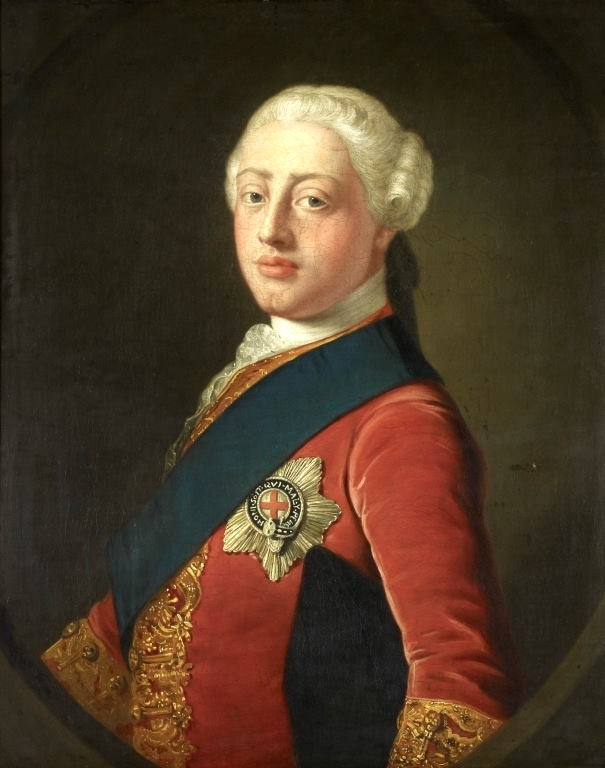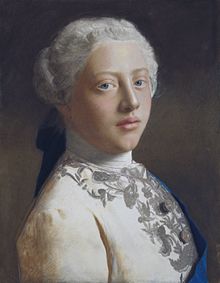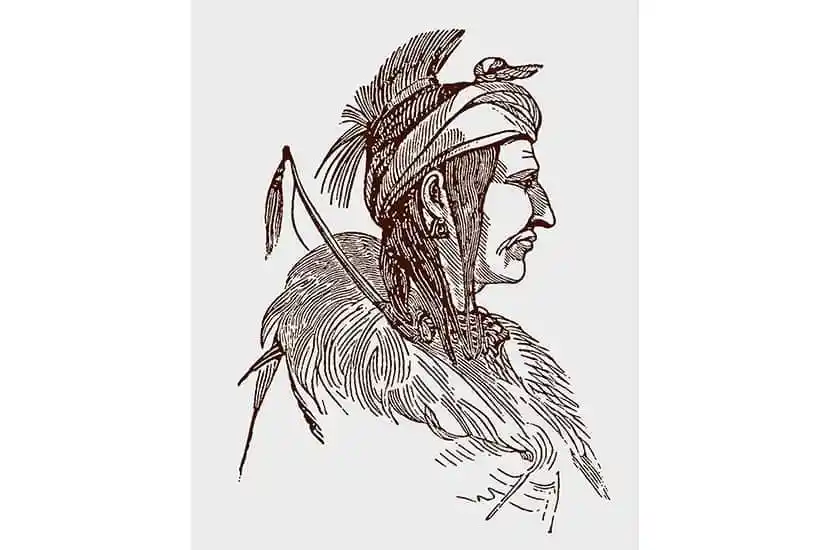
Creating AI-generated films inevitably brings up a range of ethical questions. While much has been discussed about whether generative AI is ethical when trained on the work of others, I want to focus on the specific challenges I’ve encountered during a documentary filmmaking course I’m currently taking with Curious Refuge (highly recommend it, by the way!).
As part of this experiment, I’m exploring how to use AI in film ethically and responsibly. Along the way, I’m sure I’ll make mistakes and missteps, but my goal is to learn from this process and find a path forward that can benefit future filmmakers.
First, a quick summary of the project itself: my film, The Secret History of Freedom, (coming soon to my YouTube channel – subscribe now) delves into the story of how revolutionary ideas of liberty spread across the Western world by the 1800s, challenging the dominance of monarchies. Key figures like Kondiaronk, the Wendat leader, and Jean-Jacques Rousseau are central to the story, as their critiques of European hierarchy and governance helped ignite both the American and French revolutions, reshaping the global order. The film explores the influence of these figures and the powerful ideas they helped to spread.
Historical Sources
This film has been informed and inspired by many books, podcasts and other material but the key sources of historical information are the following:




Our first production assignment was to create an introduction to the film, and it raised several key issues for me regarding AI-generated characters and dialogue.
The Physical Identity of Characters




Many of the historical figures featured in this film have well-documented appearances, like King George III, whose likeness is preserved in numerous official portraits. For figures like him, I used public domain portraits to recreate cinematic versions of these individuals. This is a common approach in documentary filmmaking, but traditionally, live actors are used to portray historical figures. AI, in this case, allowed for a different kind of re-creation.



The two portraits of King George III on the left were used to create a cinematic animation that resembled The King.
However, other key figures, like the indigenous leader Kondiaronk, have little to no visual records of their appearance. I wanted to avoid making up details about him, so I deliberately obscured his appearance in the film. Striking a balance between respecting historical accuracy and still allowing Kondiaronk to have a presence and voice in the film was a real challenge. His influence is critical to the story, and though we cannot truly know what he looked like, I felt it was important that he be represented with care.


The sparse historical record of Kondiaronk’s appearance presented challenges.
The Words of the Characters
Another ethical concern was how to handle the dialogue of these historical figures. I decided to take some creative risks by imagining fictional interviews with them. While it’s obviously impossible to have interviewed these figures, I leaned into the absurdity of the format, making it clear that these AI-generated interviews are fictional representations of their philosophies, not literal reenactments. Hopefully, it’s obvious that these are not real interviews, and this choice sidesteps more difficult questions of historical accuracy in terms of what these figures might have said. Instead, these fictionalized conversations serve as a way to communicate the broader ideas they are known for.
This project is very much a learning experience for me, and I fully expect to make mistakes along the way. I welcome any feedback and hope to continue refining my approach to using AI in filmmaking, aiming for a more ethical, thoughtful application in the future.
